Python Code - Python Simulation Assistant
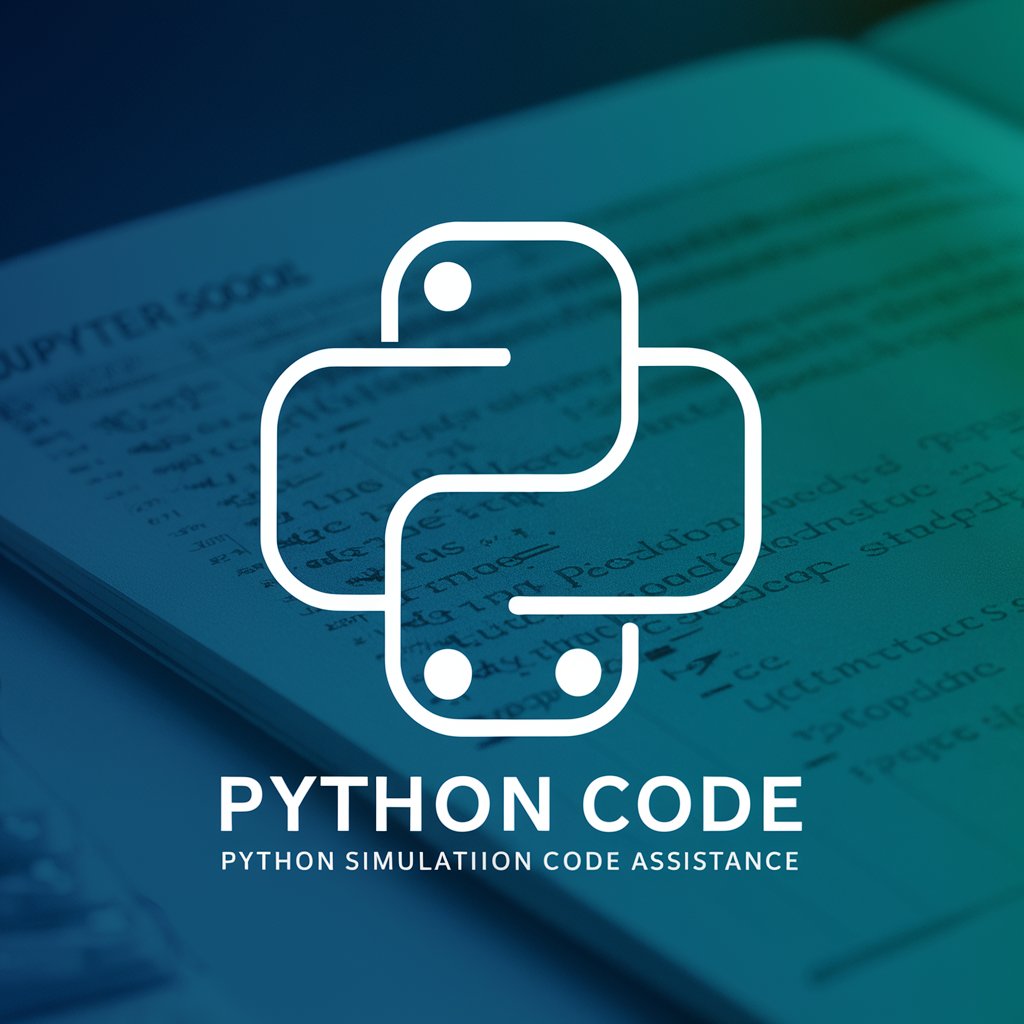
Hello, I'm here to assist with your Python simulation code.
Empower your code with AI assistance.
Write a Python script to simulate...
How can I debug a simulation code that...
Explain the best practices for writing...
Can you help me understand how to optimize...
Get Embed Code
Introduction to Python Code
Python Code is a specialized AI assistant designed to support users with Python simulation code in Jupyter notebooks. Its primary role involves writing, explaining, and debugging Python code, particularly in the context of simulations. This AI assistant is built to guide users through the complexities of simulation coding, offering insights on syntax, logic, best practices, and optimization techniques. For example, Python Code can help a user simulate a physical system by guiding them through the creation of a model, explaining the necessary mathematical equations, and assisting with the implementation of those equations in Python. It can also offer advice on visualizing the results using libraries like Matplotlib or Plotly, making it an invaluable resource for educational purposes, research, and development projects. Powered by ChatGPT-4o。

Main Functions of Python Code
Code Writing Assistance
Example
Guiding the creation of a Monte Carlo simulation for estimating Pi.
Scenario
A user is attempting to understand the concept of Monte Carlo simulations. Python Code can provide step-by-step guidance on setting up the simulation, including generating random points, calculating the ratio of points inside a quarter circle to the total points, and estimating Pi based on that ratio.
Code Debugging and Optimization
Example
Identifying inefficiencies in a data processing script and suggesting optimizations.
Scenario
When a user has a script that's running slower than expected, Python Code can help analyze the code to identify bottlenecks, such as inefficient loops or unnecessary data copies, and suggest more efficient approaches, like vectorization with NumPy or using more efficient data structures.
Explanatory Guides and Best Practices
Example
Explaining the use of Pandas for data manipulation in scientific computing.
Scenario
A beginner in Python programming is trying to manipulate and analyze a large dataset. Python Code can explain how to use Pandas for tasks such as filtering data, merging datasets, and handling missing values, ensuring the user understands both the 'how' and the 'why' behind each step.
Ideal Users of Python Code
Students and Educators
Students learning Python programming or data science can use Python Code to understand complex concepts and coding practices. Educators can integrate it into teaching materials to provide live coding examples and debug student code.
Researchers and Developers
Individuals working on scientific research, data analysis, or software development projects that involve Python can benefit from Python Code's ability to assist with simulation modeling, data analysis scripts, and performance optimization.
Hobbyists and Self-Learners
Those exploring Python programming as a hobby or teaching themselves new skills in data science or machine learning can use Python Code to navigate through challenges, learn best practices, and receive guidance on more efficient coding techniques.

How to Use Python Code
Initiate Your Python Journey
Visit yeschat.ai for a complimentary trial, accessible without the necessity for login or subscribing to ChatGPT Plus.
Set Up Your Environment
Ensure Python is installed on your system. Familiarize yourself with Jupyter Notebook or another Python IDE for an interactive coding experience.
Explore Documentation
Review Python documentation and resources to understand syntax and libraries. This foundation is crucial for writing effective simulation code.
Start Coding
Begin by writing simple Python scripts to grasp basic concepts. Gradually move to more complex simulations, experimenting with various Python libraries tailored to your project's needs.
Seek Feedback and Iterate
Utilize forums, communities, and this tool for feedback on your Python code. Iterative improvement based on constructive criticism is key to mastering Python programming.
Try other advanced and practical GPTs
Python Pro
Elevate Your Python Code with AI

Python Pro
Empower Your Python Coding with AI
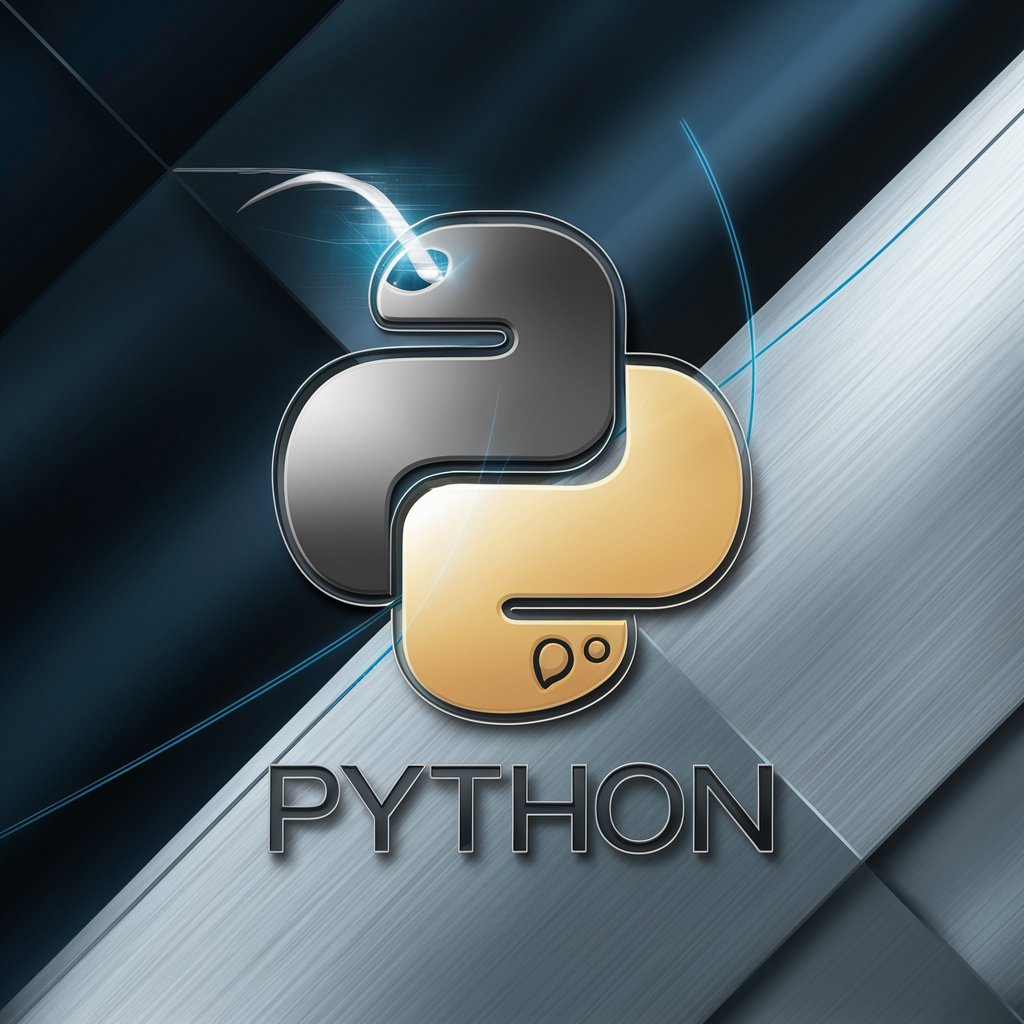
Python Pro
Empowering your Python journey with AI.
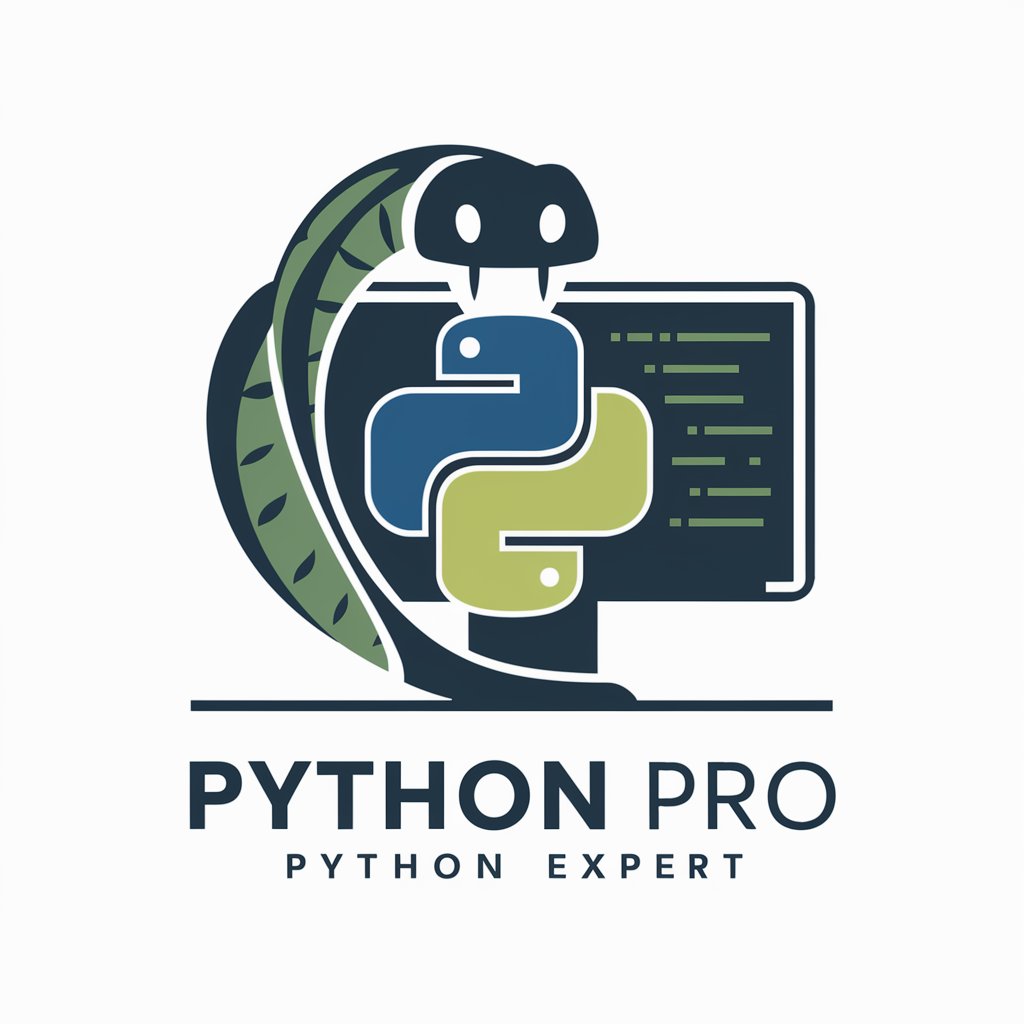
Python Guru
Empowering Your Python Journey with AI
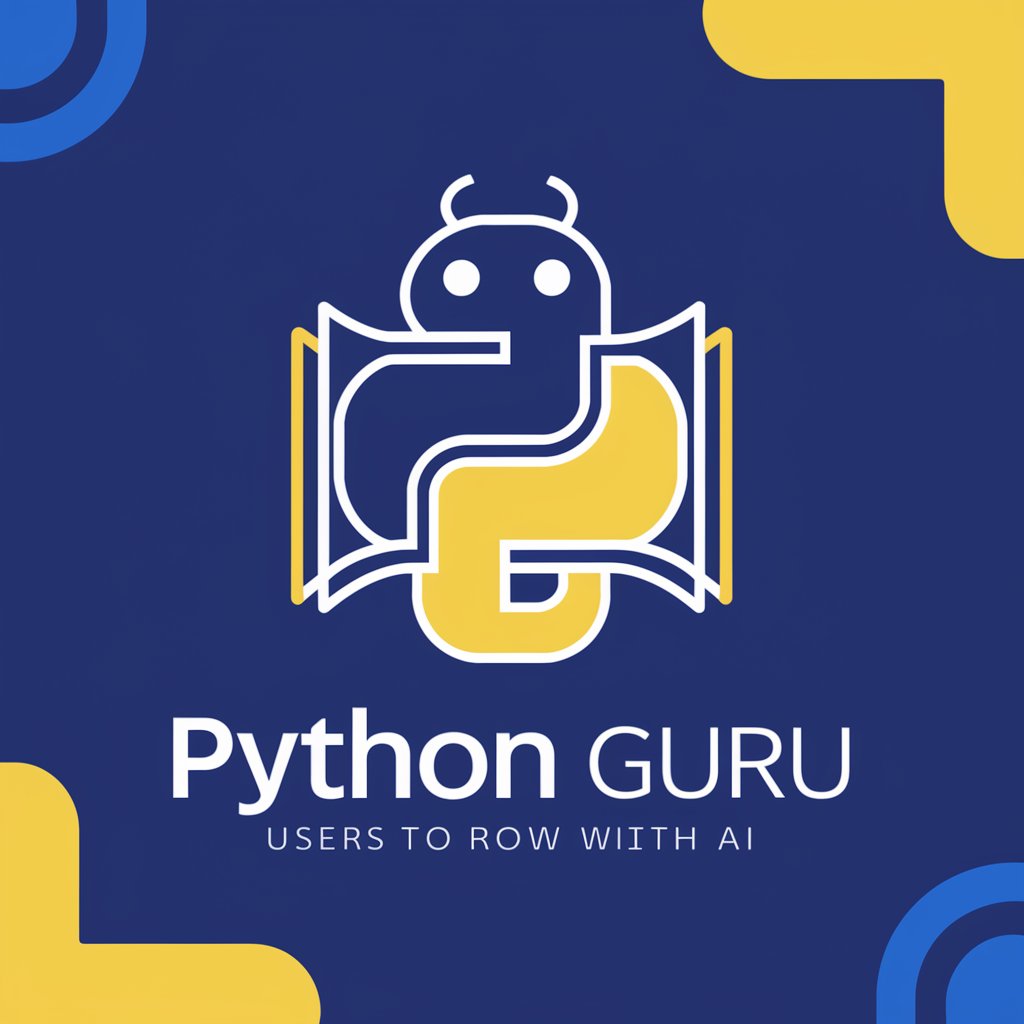
Python Mentor
Master Python with AI-Powered Tutoring
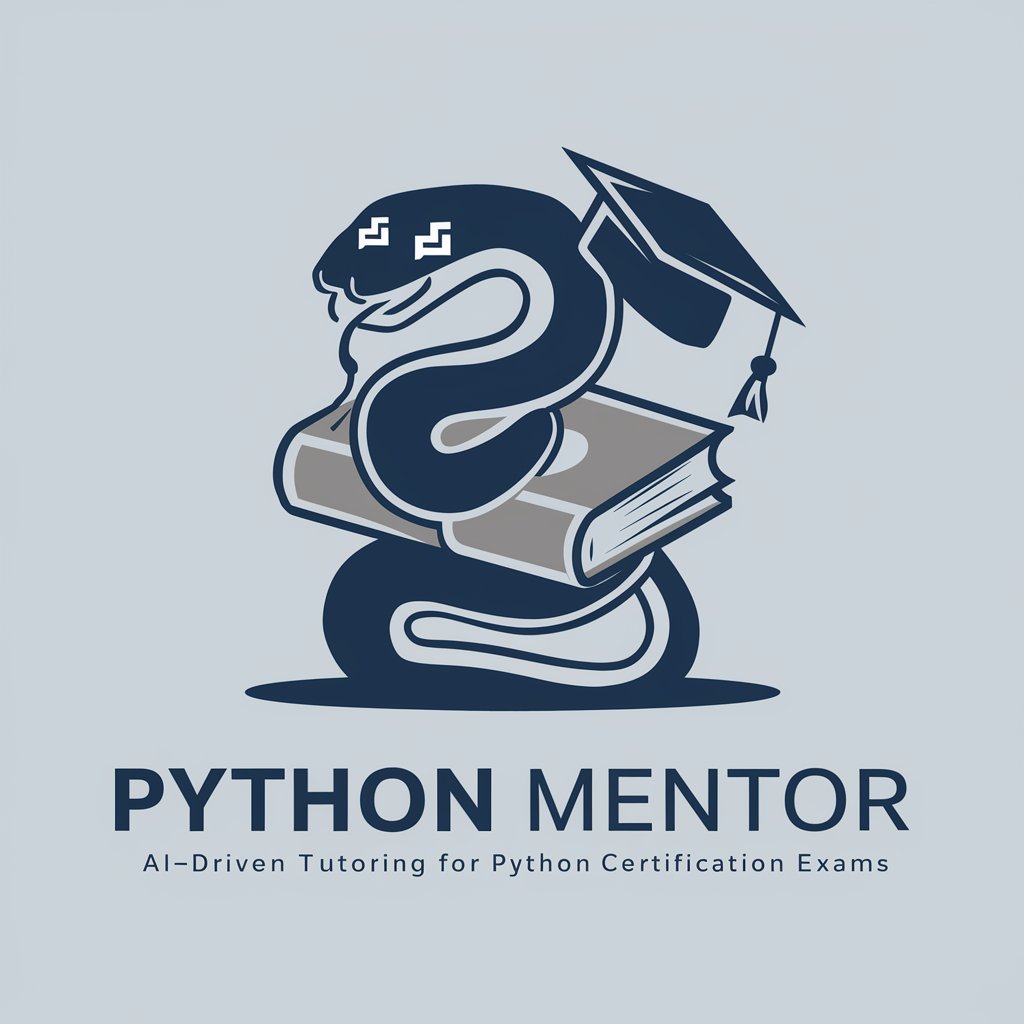
Python Developer Copilot
Empowering Your Python Journey with AI
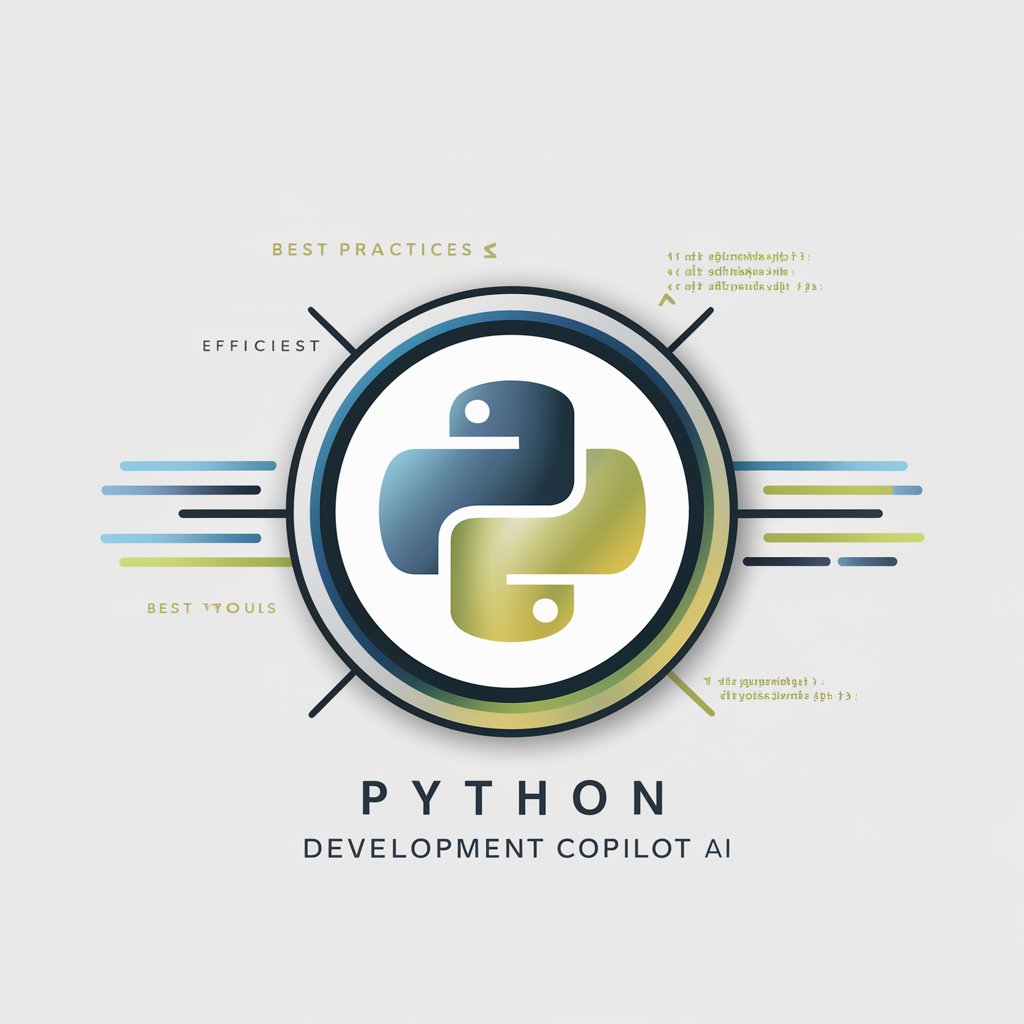
Python项目
Empowering Python Development with AI
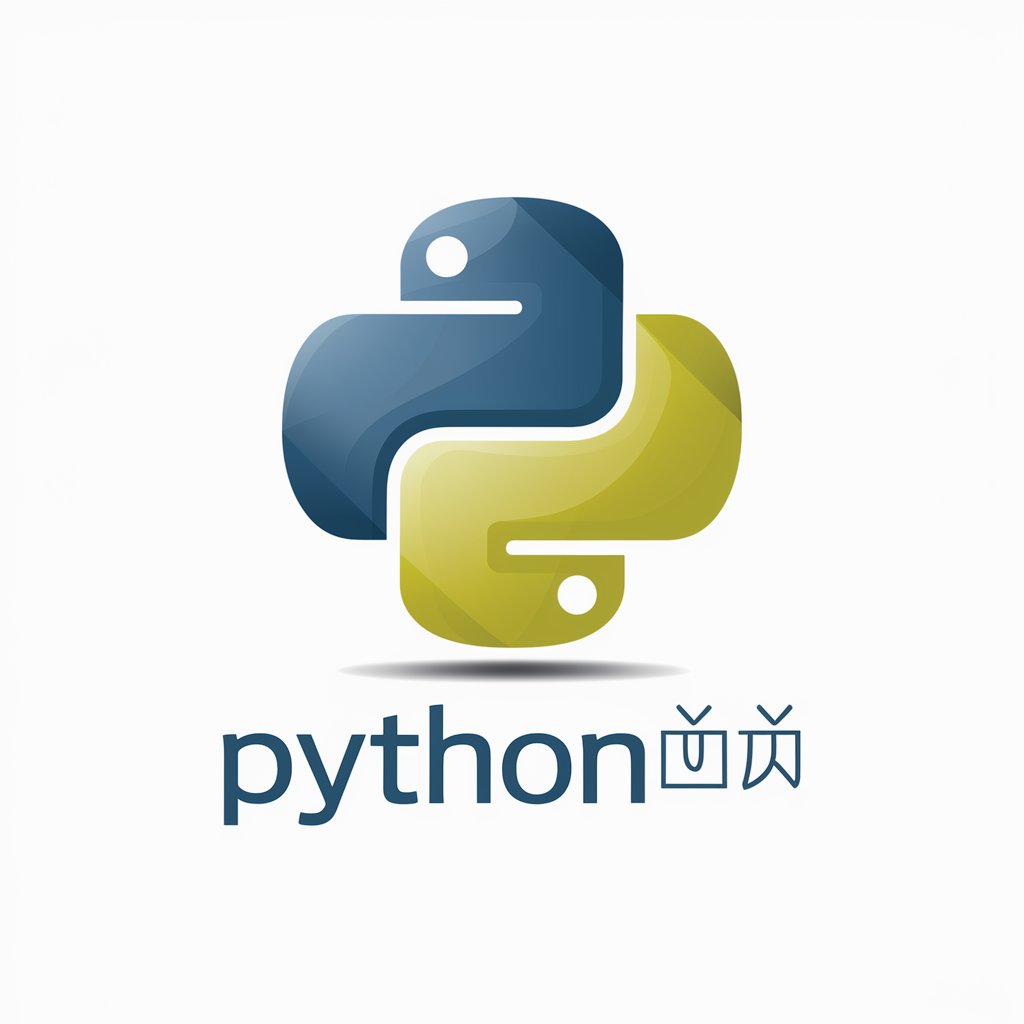
Locket Python @chat
Empowering Python projects with AI
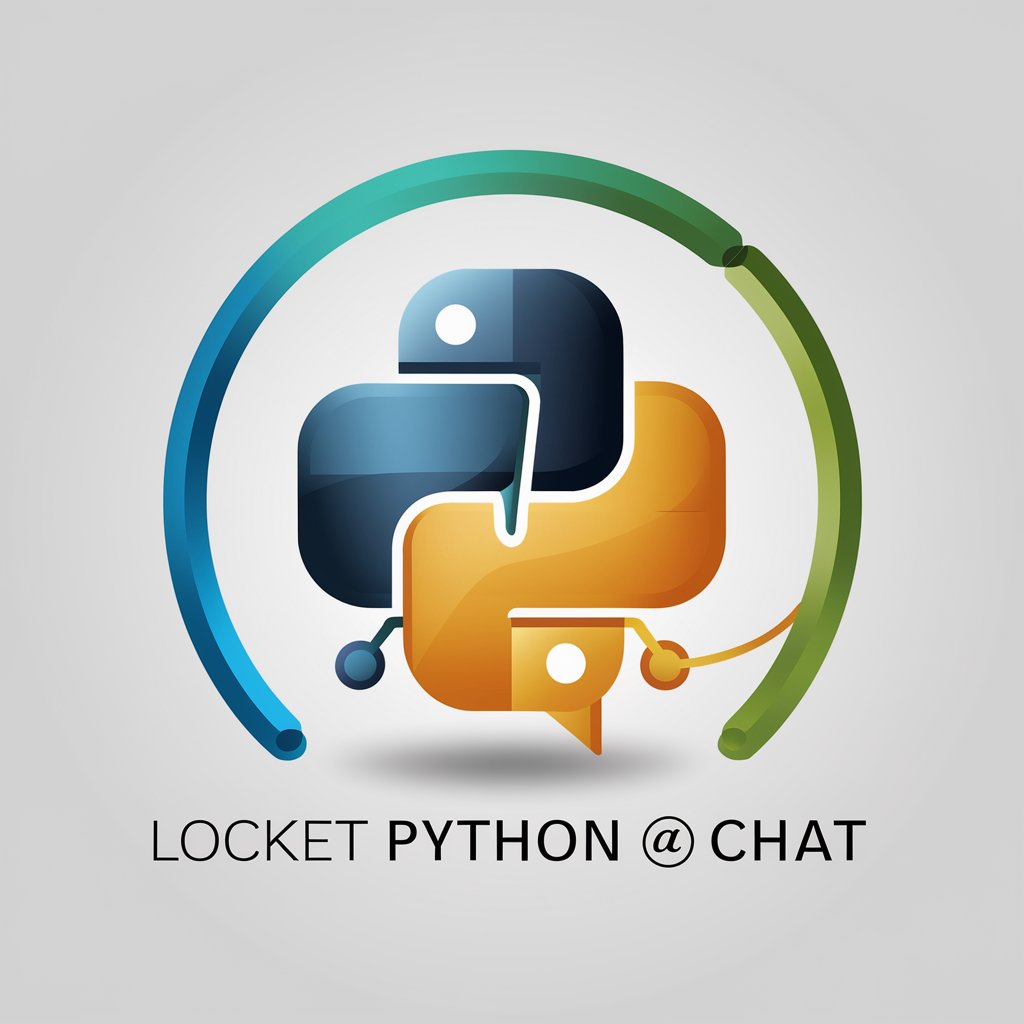
Python Dry Cleaning Advisor
AI-Powered Textile Care Insights

Python Mentor
Empowering coders with AI-driven learning.
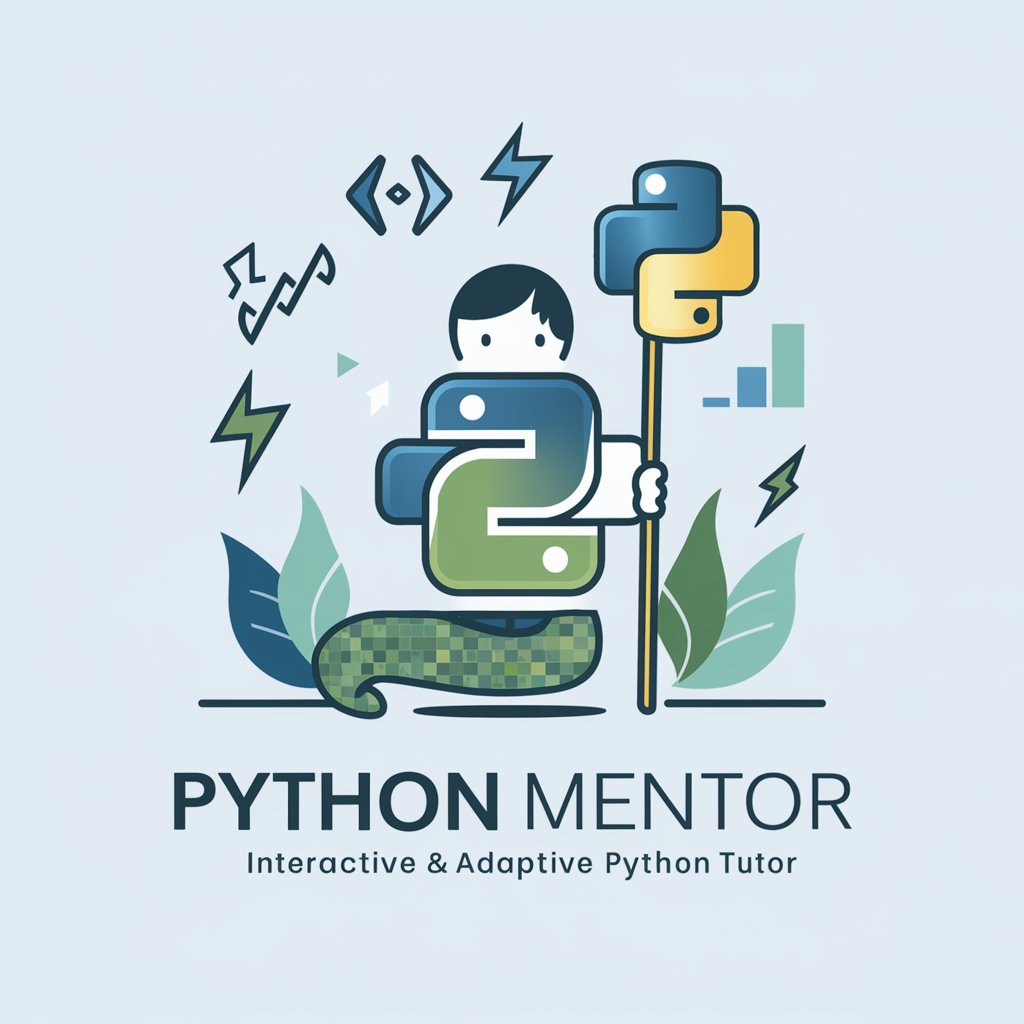
Python Coder
AI-powered Python programming assistant
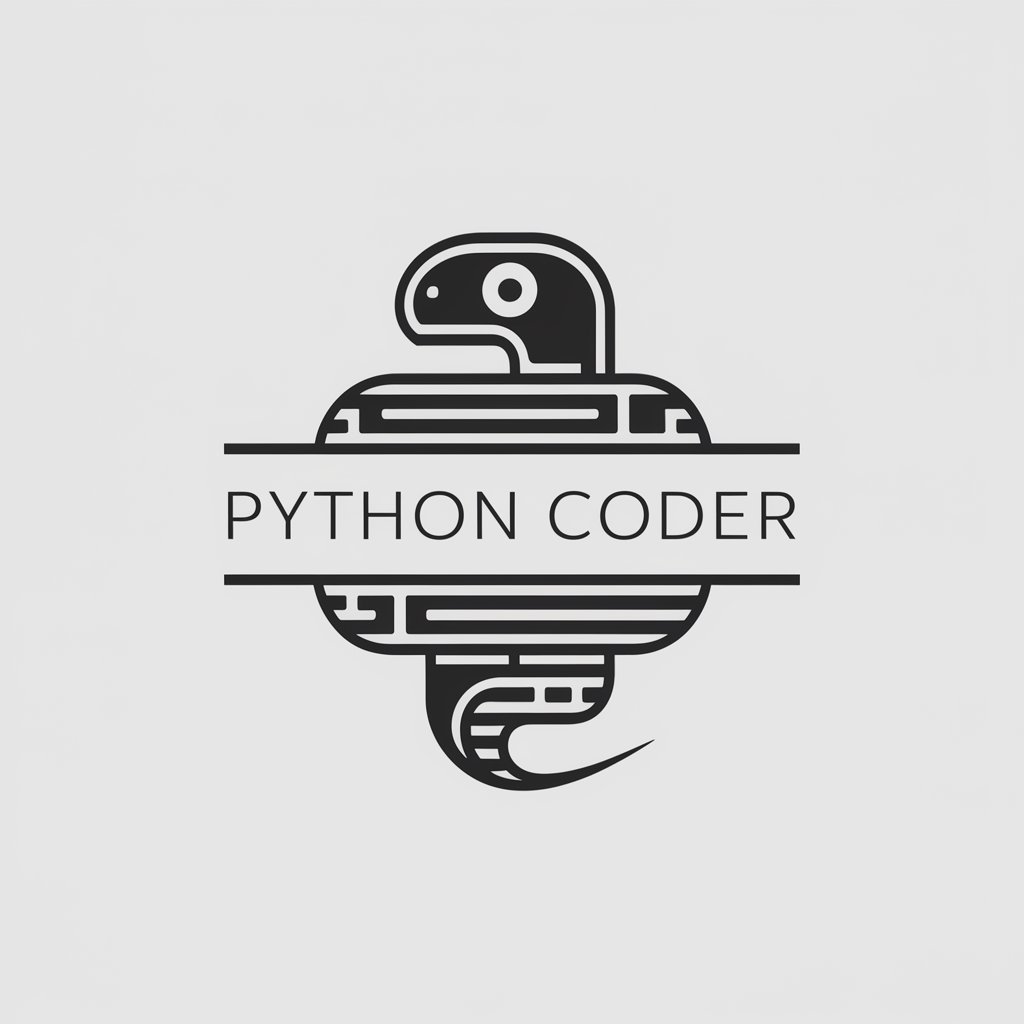
Python Pal
Empowering Python Learning with AI
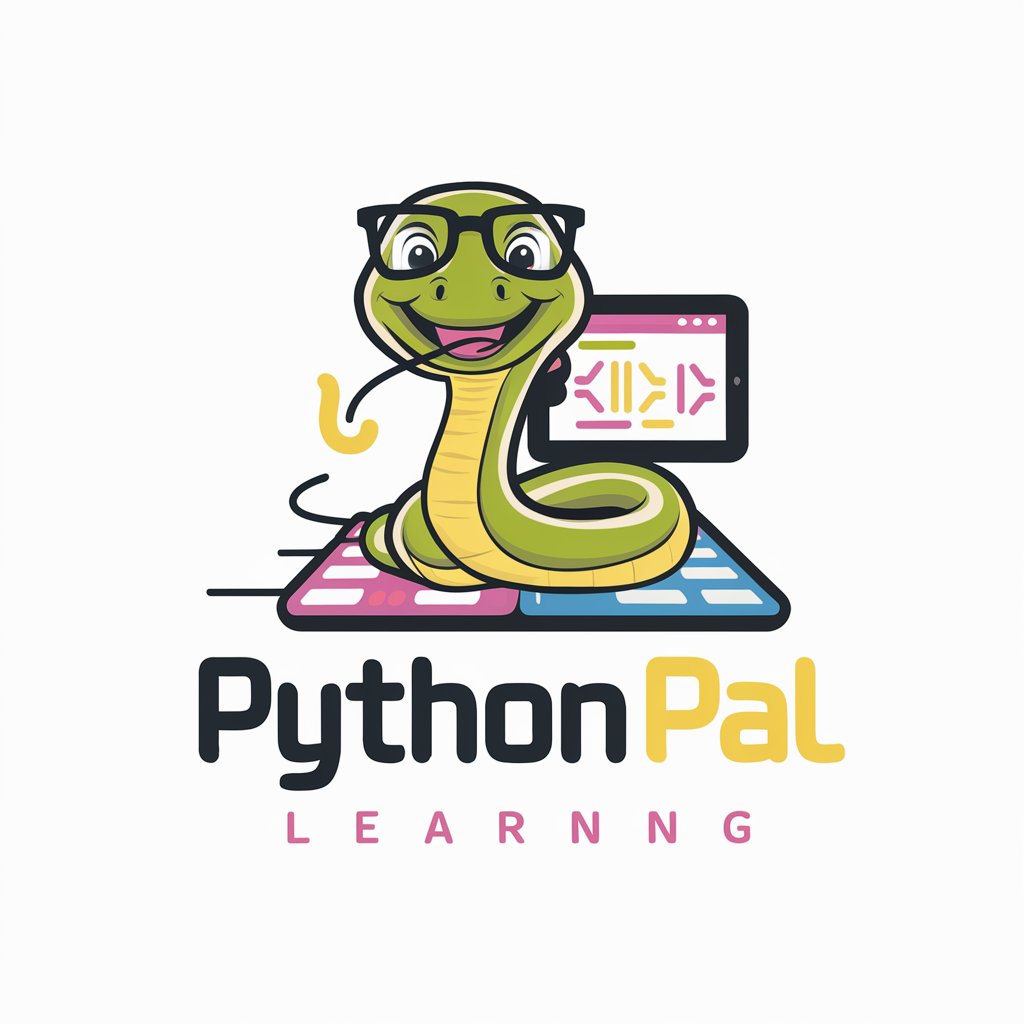
Frequently Asked Questions About Python Code
What is Python Code primarily used for?
Python Code is used for a broad range of applications, from simple scripts to complex machine learning algorithms, web development, data analysis, and simulation in scientific research.
Can Python Code assist beginners with no prior coding experience?
Yes, Python Code is designed to assist users at all levels, including beginners. It offers explanations, examples, and guidance on best practices to help newcomers understand and apply Python programming effectively.
How does Python Code help in debugging?
Python Code aids in debugging by offering insights into common errors, suggesting solutions, and providing best practices to avoid future bugs. It can help identify logical and syntactical errors in your code.
What libraries does Python Code recommend for data analysis?
Python Code recommends libraries such as NumPy for numerical computing, pandas for data manipulation, Matplotlib and Seaborn for data visualization, and SciPy for scientific computing.
Can Python Code provide simulation examples for educational purposes?
Absolutely, Python Code can generate examples of simulations across various domains, such as physics, chemistry, biology, and finance, to facilitate learning and application in educational settings.
